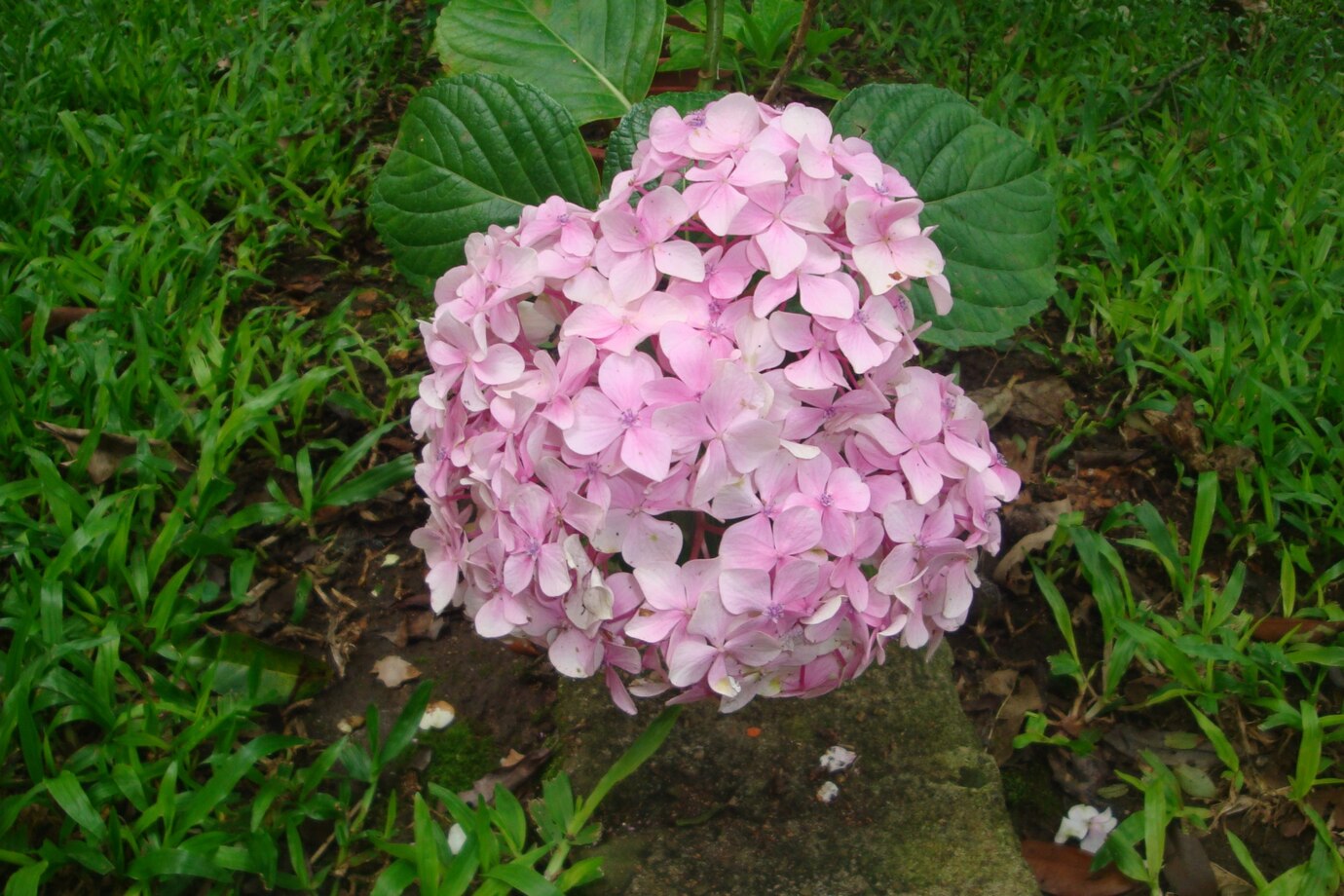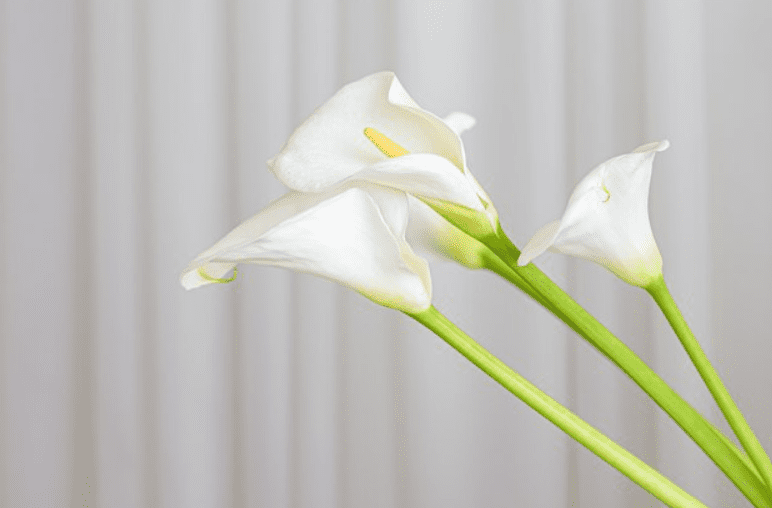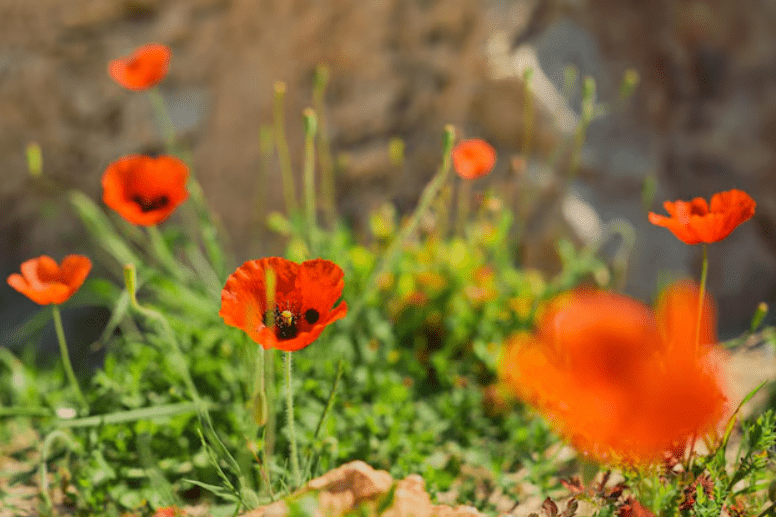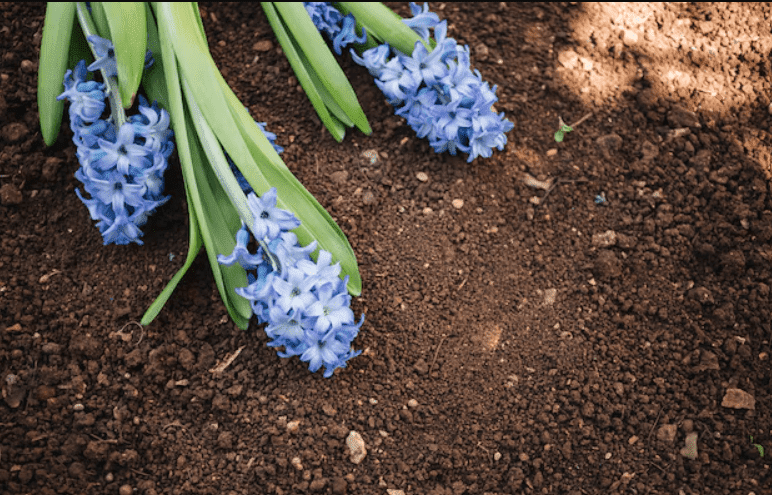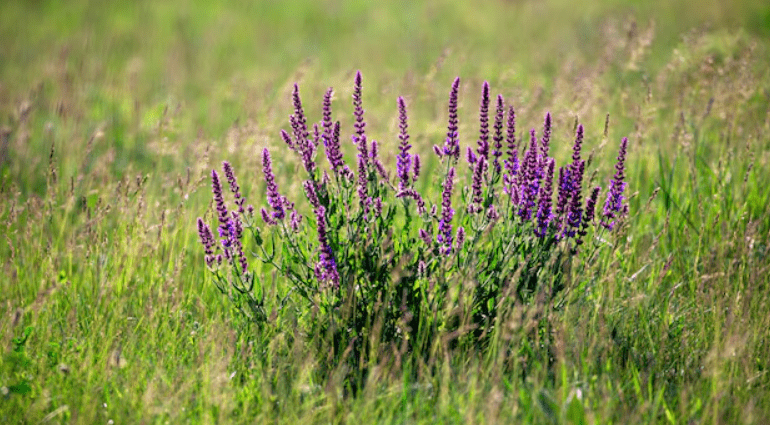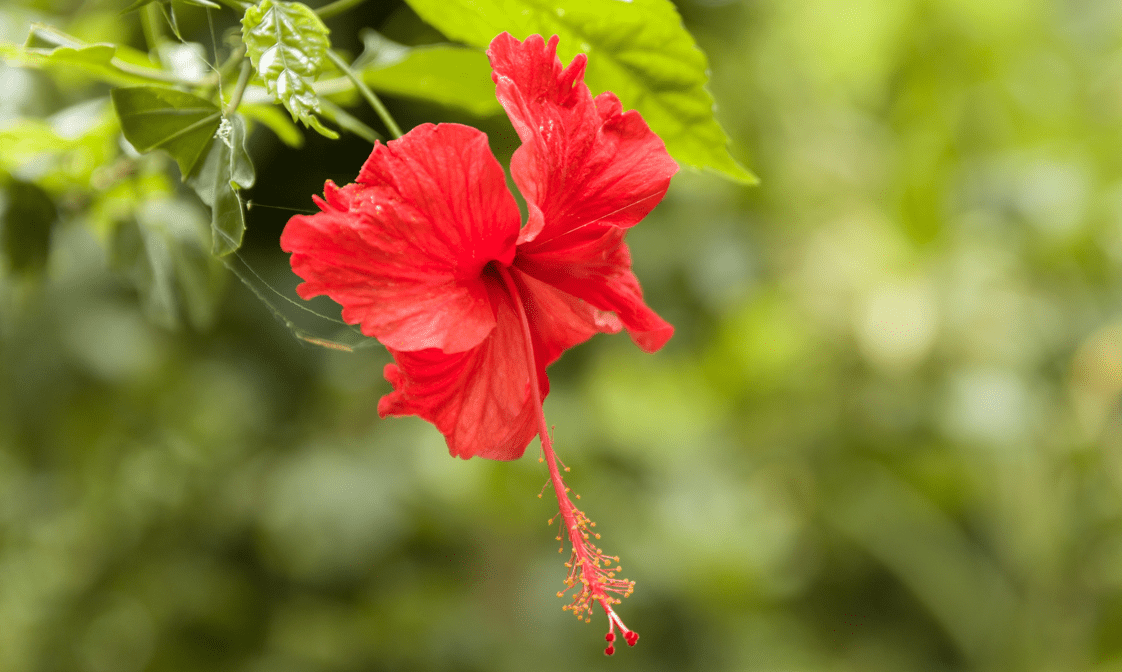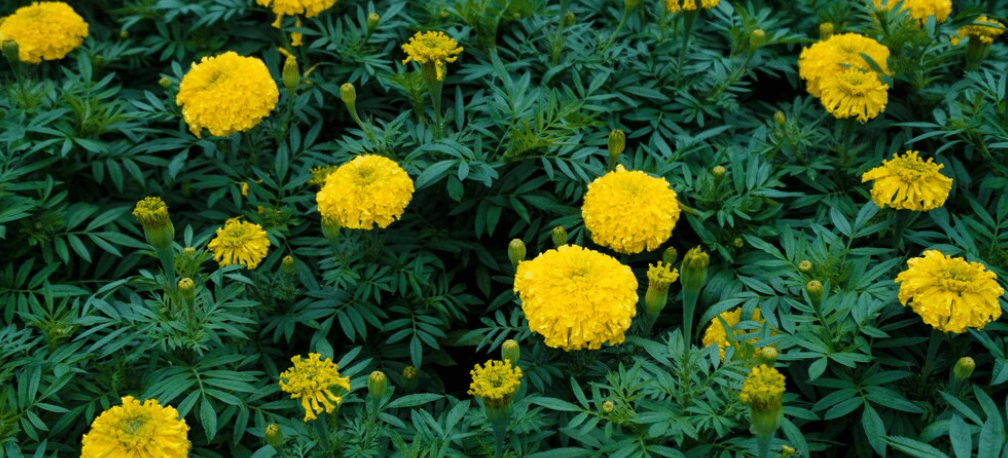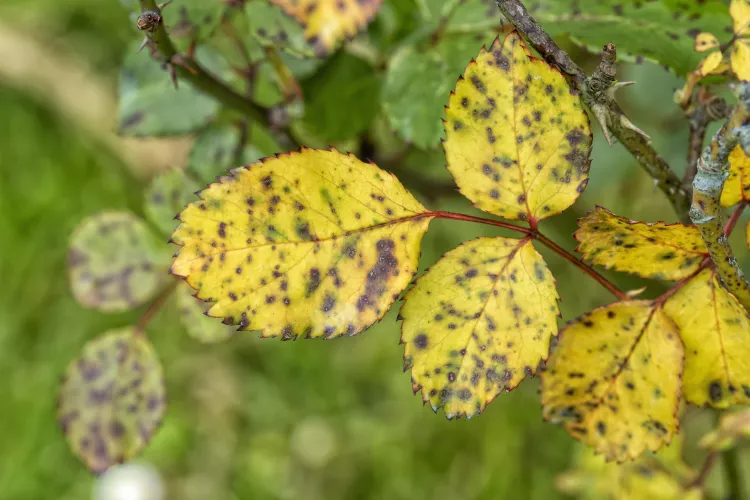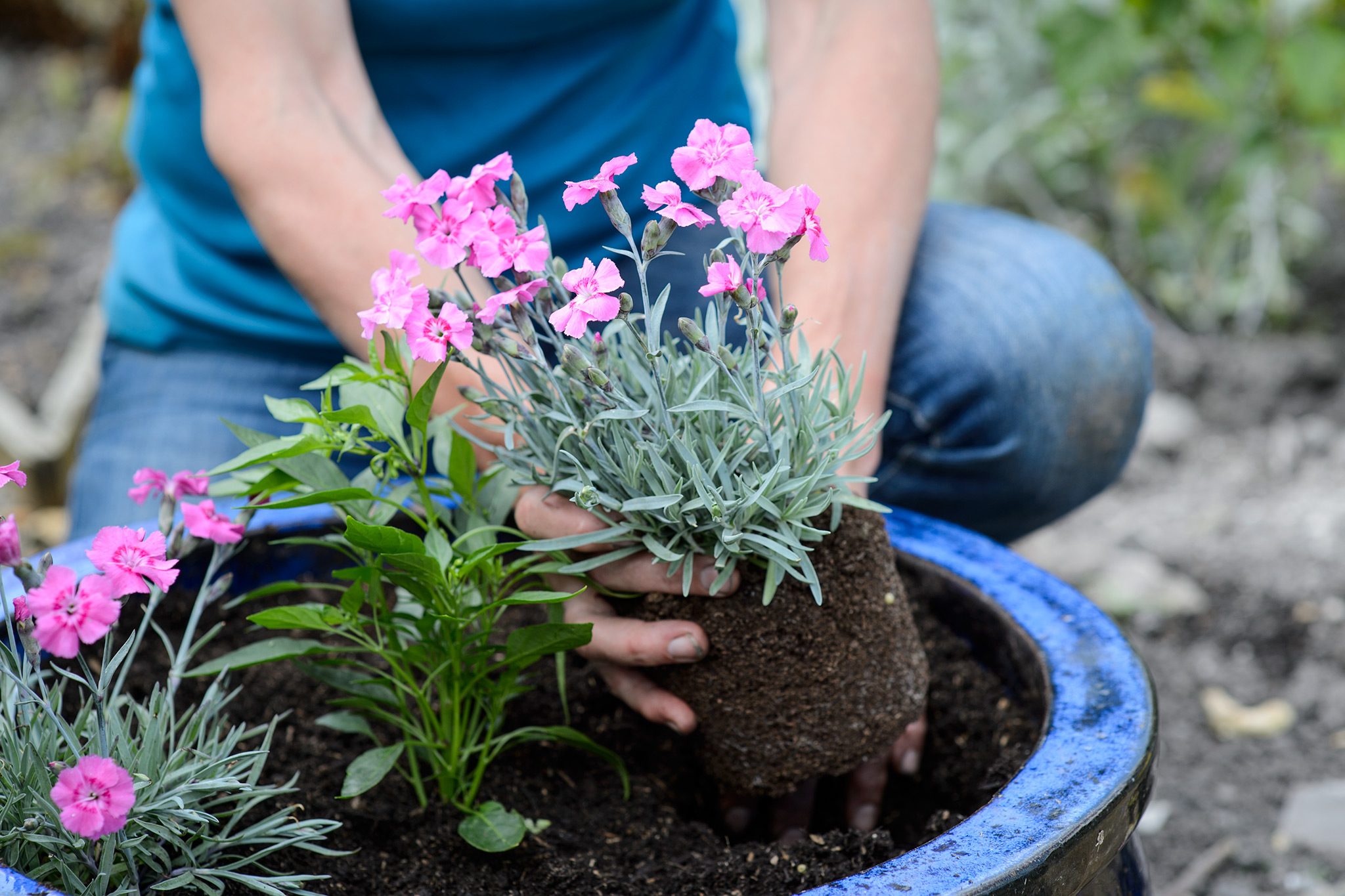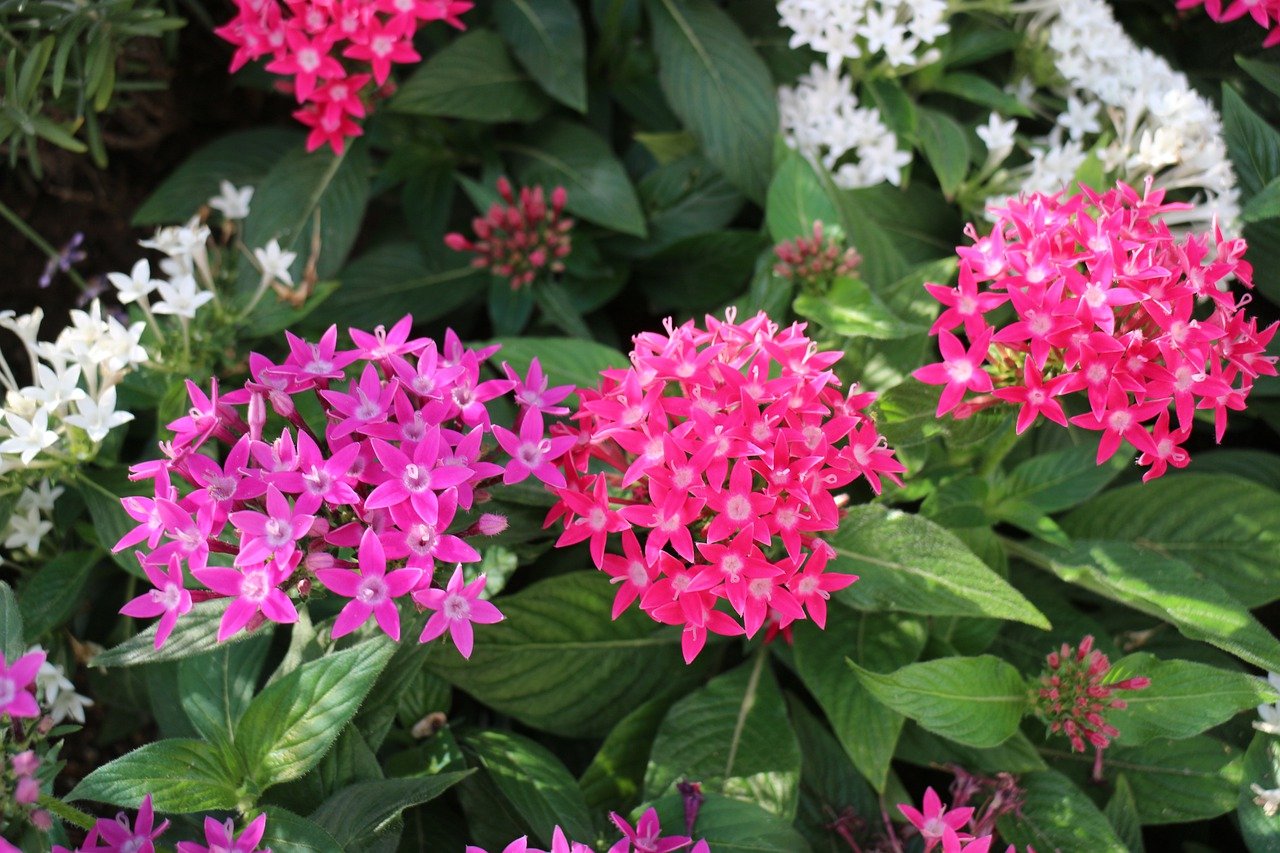Hydrangeas are among the most popular and easy-to-grow ornamental plants for gardens or containers. Their large, mostly spherical flower heads come in various colors, including pink, purple, and blue.
These shrubs grow quickly, averaging about two feet of growth per year, with blooms that can last from summer into fall. To care for hydrangeas, plant them in full sun in moderate climates and in the morning sun in hotter areas. Provide rich soil and consistent moisture, but be careful not to waterlog the plant.
It’s important to note that hydrangeas are toxic to both people and pets.
Table of Contents
ToggleHydrangea Overview
Height/Spread:
The mature size of hydrangea depends on the variety. Some hydrangeas grow as small as 3 feet tall and wide, while others can reach up to 15 feet and 12 feet wide.
Sun or shade?
Most hydrangeas bloom best in part shade, though some varieties can tolerate full shade or full sun. How much they can tolerate the sun depends on your location. Hydrangeas in northern areas can tolerate more sun, while those in the south prefer just a few hours of morning sunlight.
Bloom time:
Hydrangeas typically bloom in summer. Some varieties bloom earlier, and others later in the season. If you’re lucky, some may even bloom into fall.
Flower color:
Most hydrangeas bloom in shades of blue, purple, or pink, though white, green, and even some red varieties exist. Many hydrangeas start with one color and change as they age. Additionally, flower color (especially in bigleaf or mountain varieties) can be adjusted based on soil composition and pH levels.
Are hydrangeas poisonous?
Yes, hydrangeas are poisonous. The leaves and flower buds can harm dogs and cats if ingested.
Types of Hydrangeas
Various cultivars are commonly used as ornamental shrubs among the many hydrangea species. Some hydrangea species bloom on new growth, while others bloom on old growth. Two of the most popular cultivars include:
H. paniculata ‘Limelight’:
Limelight Hydrangeas grow 6 to 8 feet tall and require plenty of sun to develop strong stems that can support their large, cone-shaped flowers. Its color ranges from creamy white to dusty rose. This hydrangea blooms on new wood.
H. macrophylla ‘Endless Summer’:
The ‘Endless Summer’ hydrangea includes several cultivars with rounded mophead blooms in shades of pink, purple, blue, red, or white. This plant tolerates partial shade well and blooms on new and old wood.
Planting Hydrangeas
If you want to learn how to grow Hydrangeas successfully, start with proper planting.
The key factors are timing, choosing the correct location, and ensuring the soil is healthy.
When to Plant Hydrangeas
Container-purchased plants should be planted in either spring or fall. make sure there is no risk of frost when planting.
Where to Plant Hydrangeas
The ideal location for hydrangeas gets morning sun and afternoon shade. If you live in a northern area, they can tolerate more sun, possibly even full sun throughout the day.
Consider the plant’s mature size and provide enough space for it to grow. Choose an area with excellent drainage, and amend the soil with compost if needed.
Avoid planting beneath trees, as root competition and limited sunlight hinder their growth. Also, steer clear of exposed areas where strong winds could damage the stems.
How to Plant Hydrangeas
- Amend your soil with up to 15% organic matter and an all-purpose slow-release fertilizer to give your plant a healthy start.
- Plant hydrangeas a little higher than they were in the nursery pot.
- Dig a hole 2 to 3 sizes wider than the root ball to allow ample space for the roots to expand.
- Gently loosen pot-bound roots before planting.
- Refill with the amended soil and water thoroughly.
- If you are planting in a group, space them at least 3 feet apart (more space for larger varieties).
Planting Hydrangeas in Pots:
- Use a bagged potting mix instead of garden soil.
- Mix in a slow-release fertilizer.
- Leave 1 to 2 inches of space between the top of the soil and the rim of the pot for watering.
- Ensure the pot has drainage holes and enough space for the plant to grow.
Hydrangea Care
If you wait until spring to prune your hydrangeas, you can avoid trimming the new buds that are forming.
Soil
All hydrangeas prefer well-drained soil rich in organic matter. Soil composition can influence the flower color of H. macrophylla and H. serrata, while other varieties can tolerate a range of soil alkalinity.
Amendments and Fertilizer
Mulch with organic matter annually or add a slow-release rose fertilizer (15-10-10) along with thorough watering before and after application.
Watering Hydrangeas
Hydrangeas prefer to be kept moist but not overly wet and should not be allowed to dry out. Container plants may require daily watering. Adding mulch helps retain soil moisture.
Pruning Hydrangeas
Many hydrangeas don’t require major pruning. Most just need enough trimming to keep them tidy by removing dead stems and old flowers, improving their structure or shape, or opening them up to allow sunlight and air in.
How and when to prune depends on the type of hydrangea you are growing. Before proceeding with pruning, you’ll need to find out whether your plant blooms on old wood, new wood, or both.
Diseases and pests
Hydrangeas are generally unaffected by serious diseases or insect problems, but some species may be susceptible to bud blight, bacterial wilt, leaf spot, or mildew. Look for aphids and mites and treat them as needed. Japanese beetles can also be a problem in oakleaf varieties.

